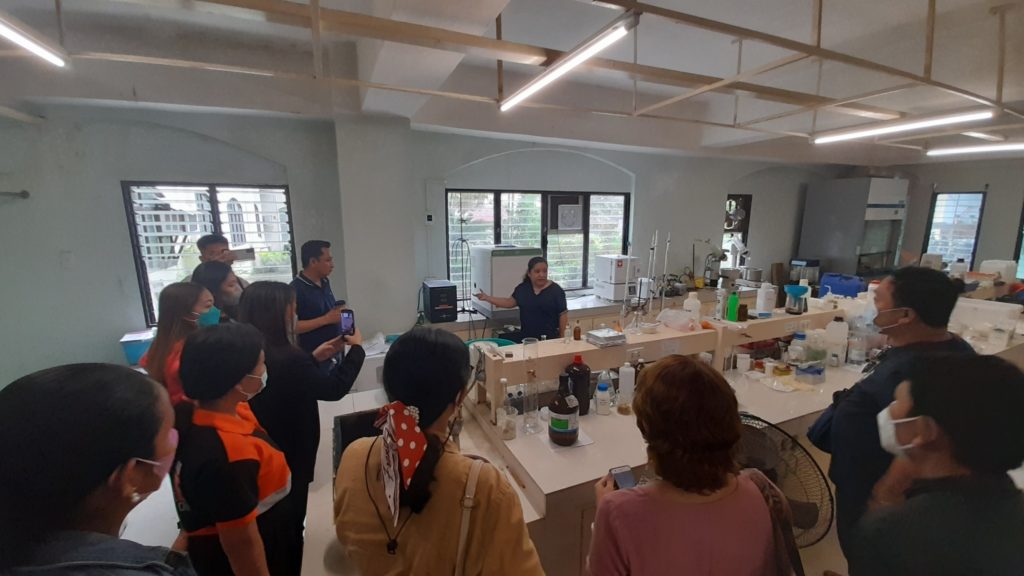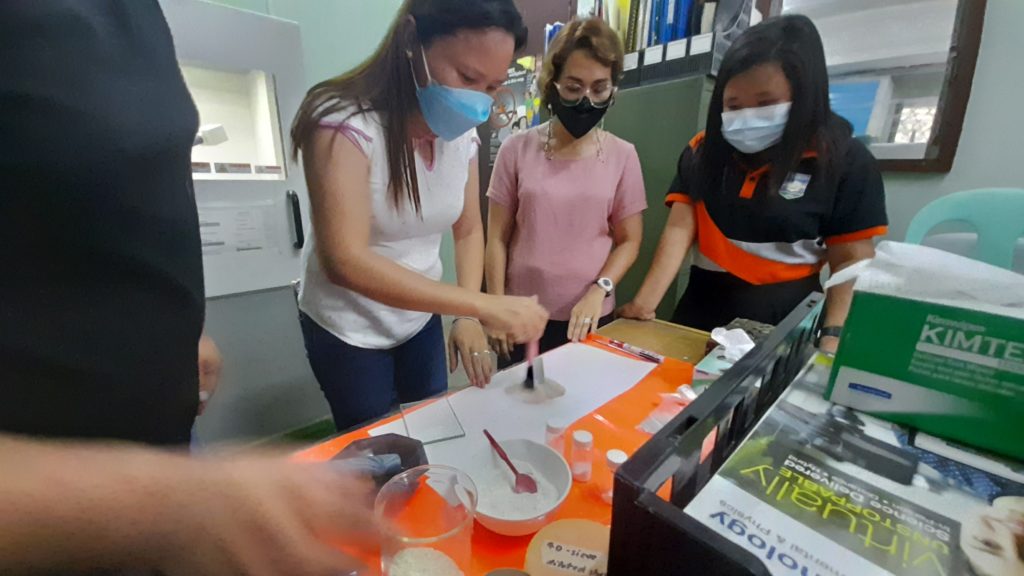Capiz State University partners with the University of the Philippines Miag-ao Campus in training the faculty researchers of the institution in Nanotechnology for Agri-Aqua: Research Innovation Network and Green Process for Marine Nanomaterials last October 17-19 at the CAPSU ATBI and a site visit last October 20, 2022, at the UPV Nanotechnology Facility.
The CAPSU Vice President for Research, Development, and Extension Office, Dr. Efren L. Linan, and the University Research Director, Dr. Leo Andrew B. Biclar invited Dr. Concepcion P. Ponce, Dr. Ricardo Babaran, Ms. Hannah C. Valencia, and Ms. Chenille Siva to serve as the resource persons for the said event.
On the first three days of the workshop, the resource persons introduced the disciplines of nanotechnology that are connected with many branches of natural and biological sciences: Marine Resources, Agriculture, Environmental Monitoring, Food, Region, and other fields.
They were also given detailed lectures on the following topics: how to write capsule proposals, how to prepare a rational review of literature, the search for possible research opportunities through patent and utility model searching, how to prepare the work and financial plan, and how to package the proposals accordingly for submission to the partner agencies of CAPSU.

On the 4th day, the faculty researchers were able to have a tour of the UP-V, Miag-ao, Iloilo and acquire a first-hand experience of using the facilities that are present in their institution.
The resource persons introduced a variety of tools and equipment used in nanotechnologies such as an Advanced Microwave Extraction System, Programmable Furnace, Centrifuge, Ionizer, Photocatalytic Tools for Experiments, AAS Fumehood, Elemental Analyzer, and many others.

The faculty researchers were then guided and had a hands-on attempt at using the Fourier Transform Infrared (FTIR) Spectroscopy and X-ray diffraction using the samples that they have individually brought from their ongoing research studies. These were dried soil samples, crab shells, chitosan, and other materials. After the activity, they were allowed to keep the results that they analyzed for them to be able to add more research options to their research focus and to integrate nanotechnology in their future proposals.
